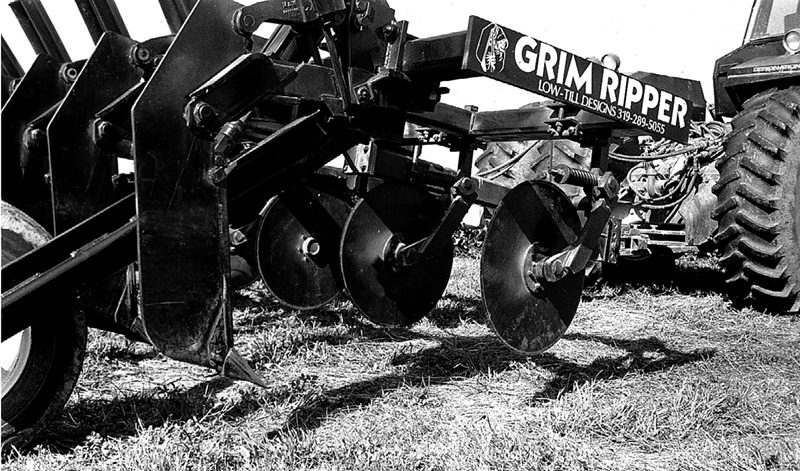No-Till Farmer
Get full access NOW to the most comprehensive, powerful and easy-to-use online resource for no-tillage practices. Just one good idea will pay for your subscription hundreds of times over.

No-tillers may choose not to rip their soils, but some situations make a strong case for the practice, suggests Dean Holst, who farms 1,700 acres of hilly but productive ground near LeClaire, Iowa.
After 20 inches of rain fell over a 2-month period last year, the east central Iowa no-tiller began ripping to aerate these soils to help his crops perform to their best yield potential.
The practice of cutting deep slots in the ground may help the most when your soils are “tight” and water does not readily percolate into the ground. With tighter soils, nutrients have difficulty reaching the plants.
Ripping itself will not make a big difference with most no-till yields, but Holst contends that doing it every few years can help a no-tiller effectively manage crop residues and nutrients, which contribute to crop performance.
He believes ripping will help your soils better tolerate periods of stress due to either too much or too little moisture. As a result, a no-tiller who can produce a respectable crop after extreme moisture or drought has an economic advantage since prices are generally higher in a short crop year.
Water, not tillage, is the largest contributor to soil compaction, says Holst. He believes the second largest compactor is soybeans.
“In corn and soybean rotations, we’re making soil particles so fine that they just tighten back down again,” he says. “The finer the soil texture, the quicker it will pack and the quicker that water…